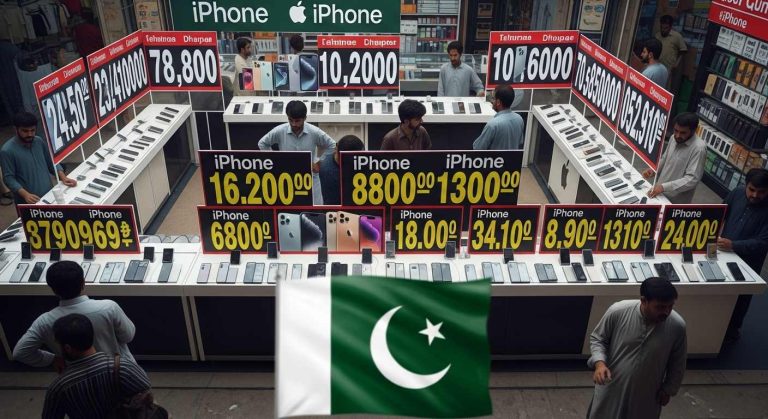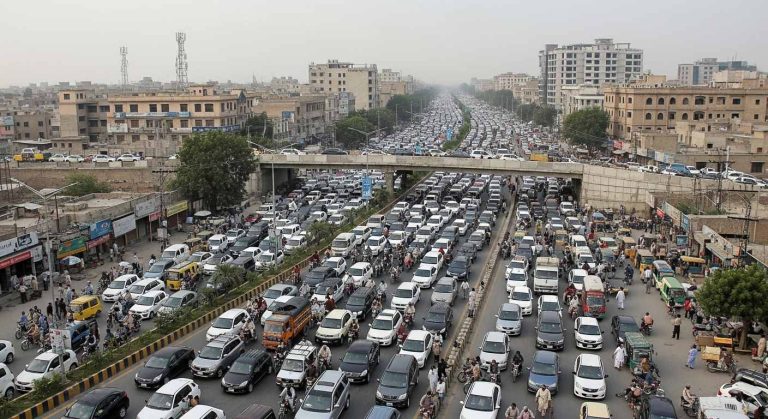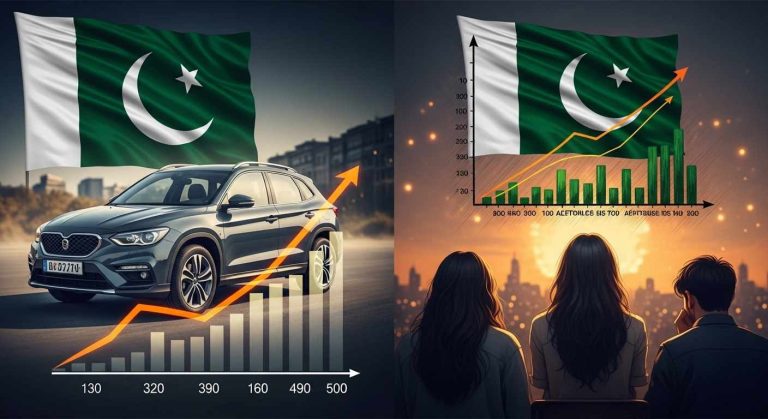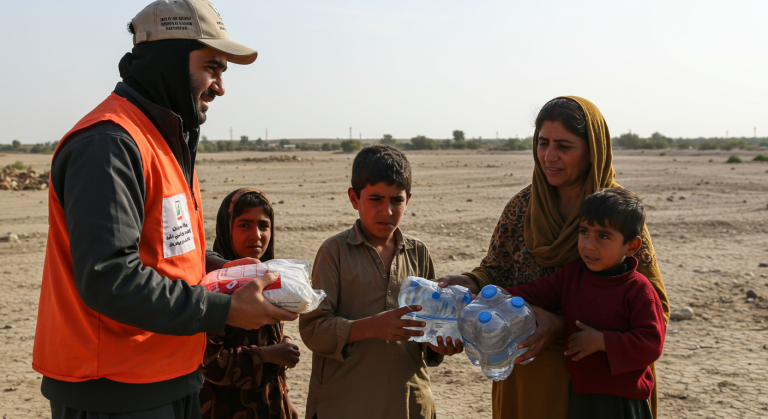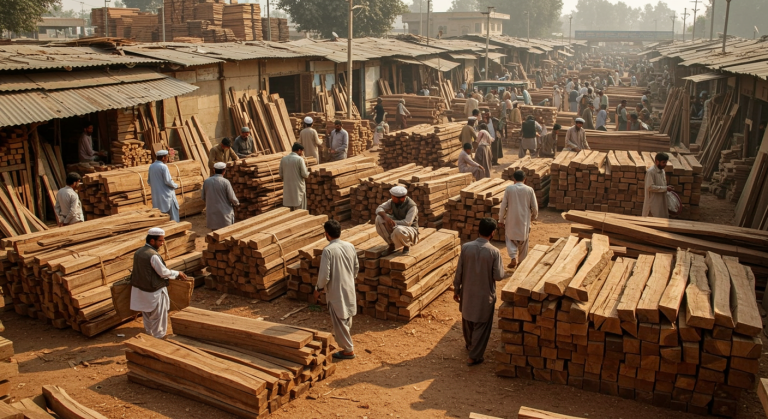Rising Wave of Street Crimes in Pakistan’s Major Cities: Authorities Under Pressure to Act Amid Growing Public Fear
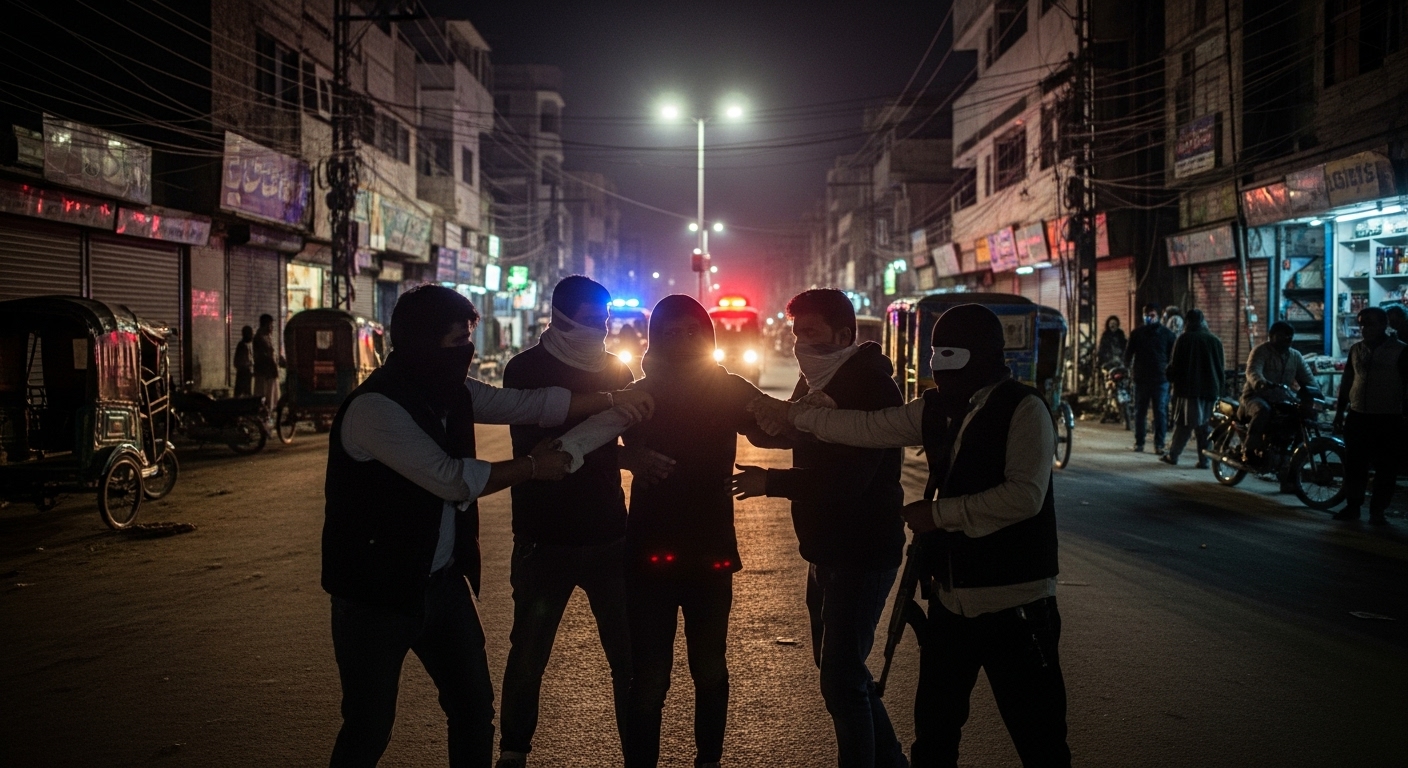
Karachi, Lahore, and Islamabad—Pakistan’s three most prominent metropolitan cities—are witnessing a troubling surge in street crimes, leaving citizens increasingly anxious about their safety. From mobile snatching and carjacking to armed robberies and daylight theft, the boldness and frequency of such incidents have alarmed both the public and security officials.
While the government and law enforcement agencies claim to be taking action, ground realities paint a far more complex and pressing picture. Let’s explore the current situation, causes, public response, and what steps—if any—are being taken to counter the growing menace.
Karachi: The Return of the “Crime Capital” Label?
Karachi, long burdened with the title of Pakistan’s “crime capital,” has once again seen a sharp rise in street-related crimes. According to recent statistics from the Citizens-Police Liaison Committee (CPLC), over 38,000 mobile phones were snatched in the city during the first half of 2025. Additionally, incidents of motorbike and car thefts have surged, with criminals operating in both crowded markets and residential neighborhoods.
Residents blame a lack of visible police presence and delayed response times. “The police arrive after the crime is done. We don’t feel safe even during the day,” said Bilal Ahmed, a shopkeeper in Saddar. Despite the deployment of more patrol units, the effectiveness of these efforts remains questionable.
Lahore: A Surge in Youth Gangs and Armed Robberies
Lahore, traditionally seen as more secure compared to Karachi, has recently experienced a rise in organized gang activities, especially involving young offenders. Gulberg, Model Town, and DHA have become hotspots for motorbike snatchings and purse thefts.
In many cases, victims report that the robbers appear well-trained and operate in pairs or groups, often using firearms or knives. “They’re not afraid of being caught. Some even wear masks and threaten to shoot,” noted a university student who was robbed near Liberty Market.
Punjab Police officials admit there’s a “behavioral shift” in how street crimes are being committed. “We’re now dealing with more aggressive and fearless criminals,” a senior officer revealed, adding that technological surveillance like Safe City cameras is being expanded but needs urgent upgrades.
Islamabad: The Capital’s Image Tarnished by Brazen Crimes
Even the federal capital, which was once considered a model of law and order, hasn’t remained immune. In sectors like G-10, F-11, and Blue Area, incidents of snatching and armed robbery have seen an uptick. In June alone, over 180 cases of theft and mugging were registered, many of them occurring near schools and hospitals.
The Islamabad Police, in response, launched a “Street Watch Force” equipped with motorcycles and trained personnel. However, critics argue that these measures are reactive rather than preventive.
Why Are Street Crimes Increasing?
Experts believe the spike in street crimes is a result of multiple interlinked factors, including:
- Rising inflation and unemployment, particularly among youth
- Drug addiction, which often pushes individuals towards theft to finance their habits
- Inadequate policing and outdated investigation techniques
- Poor prosecution resulting in criminals being released on bail or not convicted at all
Sociologist Dr. Sara Jamil says, “When the economy struggles, street crime becomes an outlet for the frustrated and desperate. But it’s also a sign of weak state institutions.”
Government & Police Response: Is It Enough?
In response to growing criticism, provincial governments have announced special anti-street crime units, including rapid response teams, intelligence-led operations, and the expansion of surveillance technology.
In Karachi, Sindh Police has introduced a “geo-fencing” mechanism to track stolen phones and vehicles. Lahore is investing in AI-based facial recognition tools through its Safe City Authority. Islamabad, meanwhile, is pushing for a community-policing model, encouraging citizens to report suspicious behavior directly via mobile apps.
Yet, analysts argue that while tech is helpful, without proper training, internal accountability, and community involvement, these solutions may fall short.
Public Reaction and the Way Forward
Frustration is growing among ordinary citizens. Many are choosing not to file FIRs, fearing police harassment or futility. “What’s the point of reporting if nothing happens?” asks Shazia Malik, a schoolteacher in Lahore.
Civil society is now calling for a multi-layered approach—combining law enforcement, judiciary reforms, and economic support for vulnerable populations—to address the root causes of urban crime.
Conclusion
The rising tide of street crime in Karachi, Lahore, and Islamabad is not just a law and order issue—it’s a social crisis that reflects deeper economic and governance challenges. Until law enforcement becomes proactive and the justice system more efficient, Pakistan’s urban centers will continue to suffer under the weight of insecurity.
